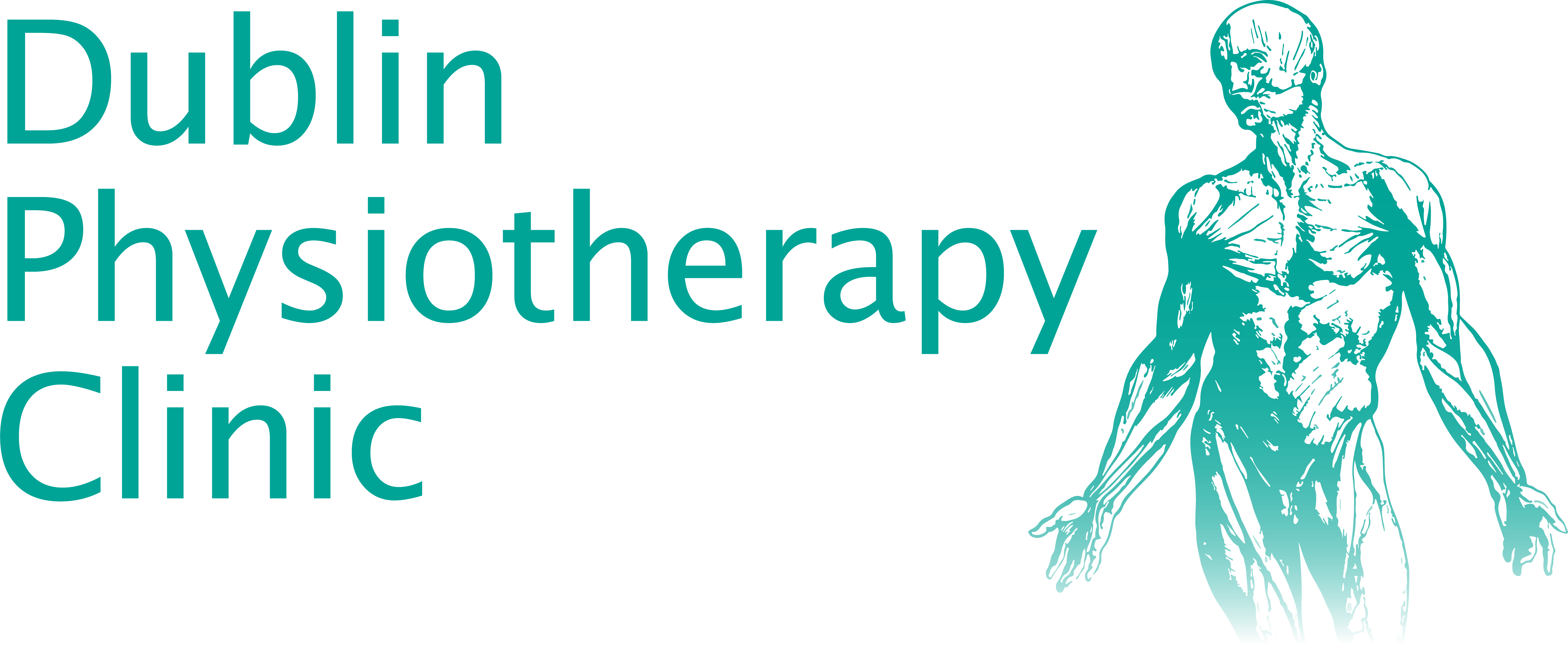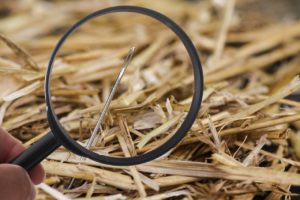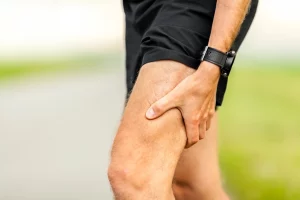Sciatica is a pain that develops along the path of the sciatic nerve. The sciatic nerve branches at the lower back to either side of your hips, down to each leg. I’ve been asked this question so many times all through my 31 years of treating patients with lower back pain. Occasionally, a normal activity, such as bending, may trigger an acute onset of lower back pain. This is a classic example of an intrinsic mechanism where your back develops pain from a simple task that should not normally cause problems.
Common Causes of Sciatica
The most common cause of sciatica is compression due to a bulging disc in the lumbar spine or the lower back. The nerves in this region resemble branches of a tree. They travel down within the spine and then pass out from each section of the lumbar spine through bony tunnels that the disc sits very close to. If you have a situation that cause damage to the disc or an occasional prolapse, that bulging can result in compression of the nerves and cause sciatic problems.
Types of Disc Bulges
There are different types of disc bulges from a simple strain of the outer portion of the disc portion (annulus). The disc can either bulge or strain just as how it happens if you rolled on an ankle and sprained the ligaments. Although this strain may cause a little swelling, and pressure on the nerve, it is generally stable.
The slipped disc means that the outer casing of the disc, has been torn or disrupted and the jelly like substance (nucleus pulposus) in the center of the disc has leaked and come out through the outer casing hence pressing on the nerve. This is a full blown type of disc prolapse.
In reality, there are different types of stages of this kind of annular bulging. Over time, the bulging settles down and heals quite well to a more frequent tearing of the annulus. This then results in the following two functions:
- It reduces the shock absorbency in the lower spine and you become more vulnerable to injury.
- When the two vertebrae get close, it narrows the space for the nerve where the nerve travels out.
You don’t have to necessarily have a bulging of a disc. If the height of the disc shrinks, the space of the nerve naturally narrows down. Often times, the disc space narrows and the bulge occurs. If this happens in the area where the nerve is, you can get a compression on the nerve.
It is common for people to incorrectly believe that discs can be put back in. This is similar to putting toothpaste back in the tube.
When the disc pain resolves and the sciatic pain resolves the swelling around the bulging disc and around the compressed nerve reduces in size. This allows the normal mechanics to occur and pressure on the nerves is relieved.
It happens only in situations where a large proportion of the material is squashing the nerves. The extra swelling is nothing more than just a swelling. However, there is still a lot of structural compression on the nerve and ten percent of patients in this condition require a surgical decompression. The other ninety percent are generally managed with conservative treatment.
Age-Related Changes
It’s important to know that not all bulges are painful. It is now known that if you scan fifty percent of the population over forty, they will show some signs of disc bulging that may not be symptomatic in any way. These are changes that have happened slowly over time and they can be argued out as age-related changes rather than coming from a dangerous situation.
Risk Factors
As clinicians, we have to judge when we see an MRI scan which shows bulging. We then check to see if a patient is showing any correlating symptoms. This is because these two are closely related.
In some situations, you will see people with poor scans that should function very well, and the reverse is also true. You can see people with modest scans but they are very limited, functionally.
There can be many different reasons why the disc is under pressure. It could come from;
- Poor posture
- Prolonged sitting position – sitting puts a lot of static pressure on the discs and causes gradual wearing out.
- Poor muscle control – hence putting more pressure on the joints and the disc and other material. This results in gradual wearing out over time. It also means that more pressure will go to these structures rather than being distributed through the muscles.
- Lack of flexibility – increased pressure on an area where the joints above or below aren’t moving freely causes pressure build-up on that particular area.
When patients present symptoms, we start by working out the dominant features. The first step is to treat the symptoms but we search deeper to find the underlying cause and develop treatment techniques and exercise programs that try to prevent that.
To prevent sciatica, ensure that you exercise regularly, practice a proper sitting posture if you sit for longer periods, and use good body mechanisms. If you are standing for long, get occasional breaks to relieve your nerves. When lifting heavy loads, ensure you involve your lower body and avoid bending your back. Ensure that you only bend your knees.
References
https://www.mayoclinic.org/diseases-conditions/sciatica/symptoms-causes/syc-20377435
https://www.webmd.com/back-pain/guide/sciatica-symptoms





